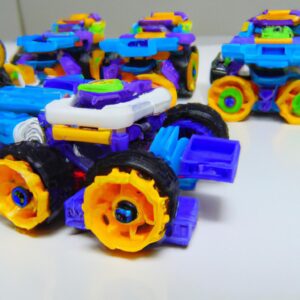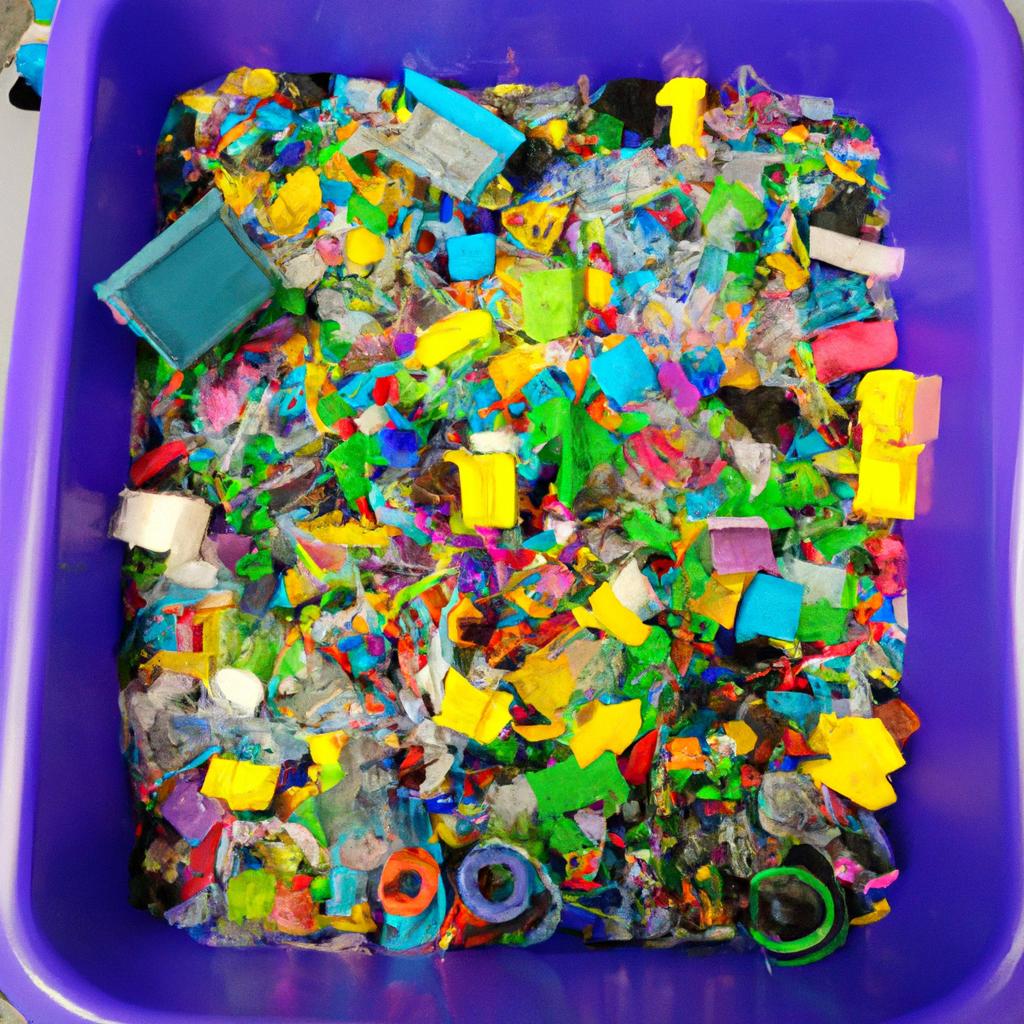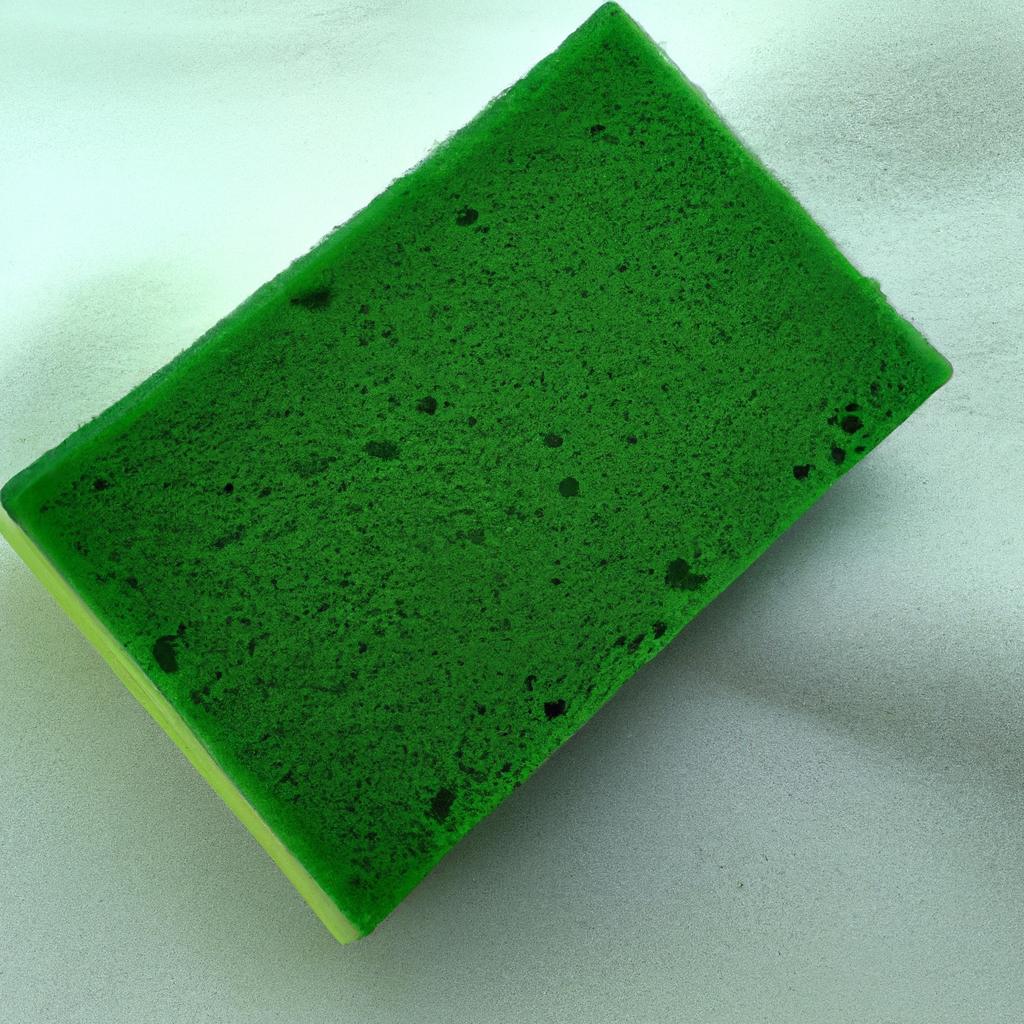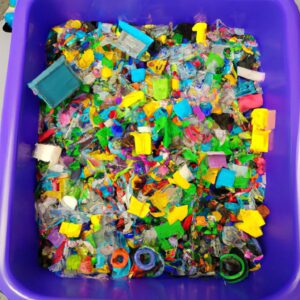The Importance of Safe Toy Practices for Babies and Toddlers
Playing with toys is an important part of any baby or toddler’s development. Toys promote creativity, stimulate sensory exploration, and provide social opportunities. But when it comes to toys, safety should always be a top priority.
Babies and toddlers are naturally curious, so they will often play with and touch anything in their reach. It’s up to us, as parents, caregivers, and adults, to ensure that the toys they use are safe. Unsafe toys can cause choking, strangulation, electrical shock, and other injuries.
It is important to select age-appropriate toys, follow safety guidelines, sort through hand-me-downs, properly care for and store toys, check for recalled toys, and dispose of used toys safely. By taking these precautions, we can ensure that our babies and toddlers are safe when playing with toys.
Toy Selection & Safety Practices
When selecting toys for babies and toddlers, it’s important to look for products that have been tested for safety and are appropriate for the child’s age group. Toys should also be checked for small parts or pieces that could present a choking hazard. It’s crucial for parents, caregivers, and other adults to be aware of any potential hazards that may come with the toys they choose.
Toys for babies and toddlers should be chosen carefully, and should include those that are soft, light-weight, and brightly colored. Textured toys are beneficial, as they help babies and toddlers to explore their tactile senses. Soft blocks of various shapes, washable musical instruments, and age-appropriate stuffed animals are also smart and safe choices for younger children.
When shopping for toys, parents should adhere to the age label guidelines. Look for labels that indicate “3 and up” or “5 and up”, as these mark toys that are more appropriate for particular age groups. Parents should avoid toys with cords, strings, PVC, or sharp edges, as well as those with loose parts or projectiles.
Toys designed specifically for infants, such as teething rings, squeaking toys, rattles, and activity centers, should be chosen only if they meet the safety standards set by the American Society for Testing and Materials (ASTM). Also, when purchasing cribs, beds, or other furniture for an infant, it is essential to ensure that proper safety standards have been met.
Lastly, toys should be kept in a clean and safe environment, with adult supervision at all times. Keeping toys away from sources of heat, like fireplaces, and making sure not to overcrowd shelves or drawers can help keep children safe.
Sorting Through Hand-Me-Downs
Getting handed down toys from family and friends is a great way to save money – but it’s also important to make sure that you are not putting your baby at risk for injury. Your little one is growing and developing quickly, so any toys given to them should not only be age appropriate, but safe too.
To make sure a toy is safe for your baby or toddler, you should first consider its age rating. Toys with an “ages 3+” label may have small parts or be a choking hazard. You should also look for any visible damage such as cracks, sharp edges, or rusting. In addition, check the toy for removable parts, such as buttons, which can come off easily and pose a choking hazard.
It’s also important to think about the material the toy is made of. Avoid any that contain PVC, phthalates, or lead paint since these materials may be toxic. Instead, opt for natural materials such as wood, hemp, or cotton. Finally, always inspect the toy for any loose parts or sharp edges and make sure to remove any dangling strings, ribbons or cords.
By taking the time to inspect each toy, you can make sure that your baby or toddler is safe and secure while playing. By following these tips, you can ensure that your little one has both fun and safe experiences with their toys!
Toy Care and Maintenance
Keeping your baby’s toys clean and in good condition is essential for their safety and enjoyment. Here are some tips to help you keep your baby’s toys in top shape:
- Regularly inspect toys for any loose or broken parts that could become a choking hazard.
- Clean toys with mild soap and water. Some plastic toys can also be wiped down with an antibacterial disinfectant wipe.
- Avoid submerging electronic toys in water. Instead, use a damp cloth or cotton swab dipped in rubbing alcohol to clean them.
- If you notice any scratches or cracks in plastic toys, discard them immediately.
- When using any type of cleaner, make sure you read all product labels and follow the instructions.
- Air-dry toys before returning them to playtime.
Creating a regular toy cleaning routine will help keep your baby’s toys clean and safe. Additionally, it can help reduce the spread of germs and make playtime more enjoyable.
Age Warning Labels
When buying toys for babies and toddlers, it’s important to pay close attention to the age warnings on the labels. Different ages may have access to different types of toys, which is why manufacturers produce age appropriate toys with warnings. It’s important to check the age range on a toy before purchasing. This will help make sure that you are giving your child an age-appropriate toy, as well as prevent them from playing with a toy that could be dangerous.
Age warning labels typically indicate several things:
- The recommended age range
- If adult assembly is required
- If the toy contains small parts
- Whether the toy requires batteries
- If the toy should be used only in a supervised environment
It is also important that parents pay attention to the language of the warning. Some toys may list age ranges such as “ 3 and up” or “4 and under,” while others may suggest children younger than a certain age “not use” the toy or “not play” with it without adult supervision. The terms “not for” or “not suitable for” indicate that the toy is not meant for a certain age group.
Regardless of the wording used, it’s important to always follow the age warning labels on the package. Doing this ensures that babies and toddlers are playing with age-appropriate toys and not at risk of being hurt.
Potential Hazards
It is essential that parents and caregivers are aware of the potential risks associated with toys for babies and toddlers. Choking is the most common risk, as many small objects can be swallowed or inhaled by an unsuspecting child. It is important to keep in mind that even items considered to be “baby-safe” can pose a risk if they break easily. Electrical shock can also occur, so battery operated toys should be checked frequently to make sure the batteries are secure and that there are no exposed wires.
In addition, it is important to watch out for potential strangulation hazards. Toys with long strings or cords can be very dangerous if not handled properly. It is recommended that toys with strings, cords, or ribbons longer than 12 inches be kept away from babies and toddlers.
By being aware of these potential hazards, we can help ensure the safety of our children when playing with toys.
Disposing of Used Toys
When it’s time to part with your baby’s or toddler’s used toys, it’s important to do it safely and responsibly. Doing so helps keep our environment clean and can prevent accidents that may occur when toys are improperly disposed.
The best way to dispose of used toys is to donate them to a local charity, thrift store, or toy drive. If the toy is in good condition, it can be recycled at a nearby recycling center. If the toy is broken or damaged beyond repair, it’s best to throw it away in the regular trash.
In order to keep items from entering landfills, it’s important to ensure that all toys are properly disposed of in accordance with local regulations. Some communities may even provide special collection programs for toys and other household items such as books or electronics.
By disposing of used toys in a safe and responsible manner, you can help reduce the risk of injuries to others and protect the environment for future generations of children.
Checking for Recalled Toys
When it comes to buying toys for your little ones, safety should always come first! A great way to ensure their safety is to check that the toys you purchase have not been recalled by the manufacturer. For this reason, it’s always a good idea to do your research before hitting the shops.
To start, make sure you’re familiar with the type of toy and know the brand name, model number and product code before you buy it. Then, visit the website of the Consumer Product Safety Commission (CPSC). This site lists the most recently recalled toys and products, and can give you the latest information about possible hazards.
You can also search for particular items on the CPSC website, or sign up for email notifications that will alert you when products matching certain criteria are recalled. Lastly, it’s also important to keep your eyes open when shopping at children’s stores and online outlets—they may still be selling recalled products that aren’t listed on the CPSC website.
By taking the time to do your research, you can rest assured that the toys your little one plays with are safe. This extra step will give you peace of mind, knowing that your baby or toddler is playing with safe toys.
Toy Storage
Storing toys properly is an important part of safe toy practices for babies and toddlers. Toys should always be stored in an area where children can’t access them, such as in a closet, or up on a shelf. Be sure to keep any toys that have small pieces or parts away from younger children who could choke on them. When not in use, you should store battery-operated toys in a cool, dry place.
It’s also important to consider the potential fire hazard of electric toys. You should store any electric toys that are plugged into a socket, like a nightlight, far away from water sources. Be sure to unplug and store any electric toys when they are not in use.
Organizing toys in baskets or storage boxes can help keep them out of reach of younger babies and toddlers, and also make it easier for kids to find the toy they’re looking for. Labeling each box or basket with pictures or labels can also make it easier for kids to know what’s inside.
Having the correct safety practices for toys is essential to ensure your baby or toddler’s health and well-being. Toys can cause a variety of injuries such as choking, electrical shock, or strangulation if parents are not vigilant and up to date on toy safety standards. To keep your little ones safe and happy, it is important to be aware of all the different types of toys that are available, what age appropriate toys are, how to sort through hand-me-down toys, how to properly care for toys, and how to properly dispose of used toys. Furthermore, it is important to check for recalled toys, store toys safely, and understand age warning labels.
By understanding all these different aspects of toy safety, parents can be sure that their little ones are safe from any potential harm. Toy safety is something that should not be taken lightly as it can have serious consequences. Parents need to be informed and proactive in order to provide the safest environment for their little ones, which includes making sure toys are age-appropriate, free of hazards, and stored safely.
comments: 0





